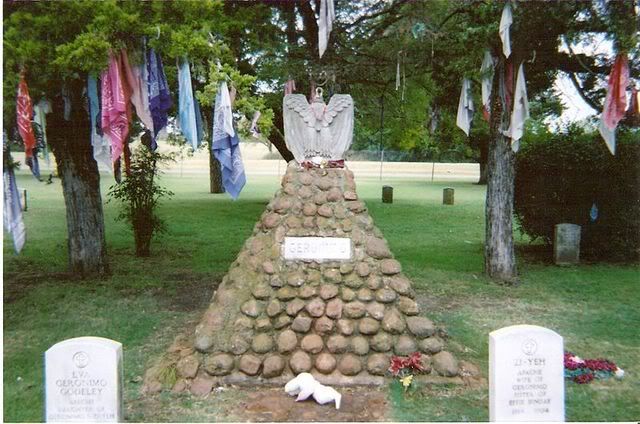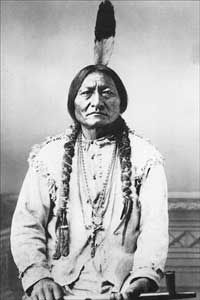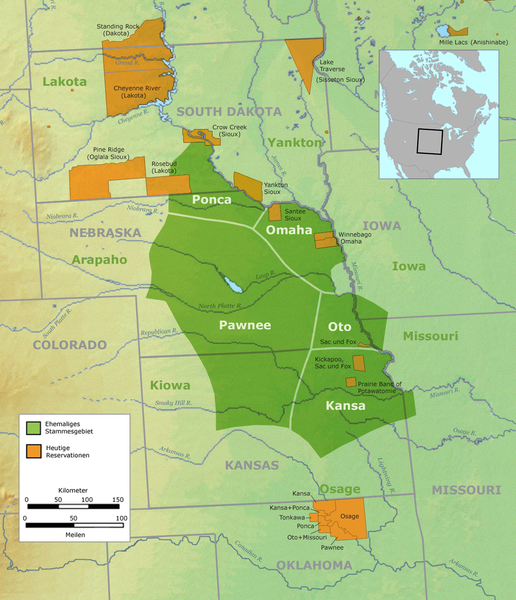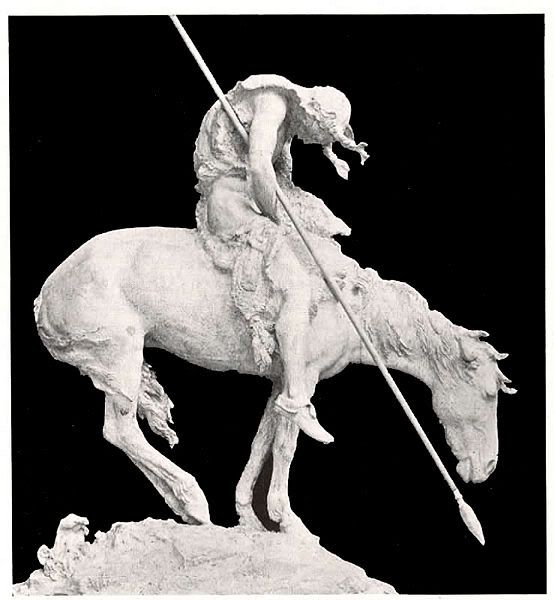Throughout the first century of its existence, the United States had carried out policies intended to decimate the First Nations that had occupied the lands for thousands of years. Having accomplished its manifest destiny of occupying the continent from the Atlantic to the Pacific, by 1890 American Indian policy was focused on: (1) assimilating American Indians into American society just as other immigrants had assimilated; (2) eradicating Indian cultures, including traditional languages, marriage customs, religions, and ways of dress; and (3) destroying tribal governments and breaking up tribal land holdings. The policies and programs of the American government in 1890 were driven by the viewpoint that American civilization was superior and that the existence of Indian cultures was somehow an impediment to the progress of “civilization.”
Census:
In 1890, the United States Census formally enumerated all of the Indians of the country. According to the Census, there were a total of 248,253 Indians in the United States: 58,806 were “Indians taxed” and 189,447 were “Indians not taxed.” This distinction between “taxed” and “not taxed” was-and often still is-an important one as many felt that people who were “not taxed” (meaning that they did not own land) should not be allowed to participate in American government and its legal institutions.
With regard to the difficulties in counting Indians, the Census Bureau reported:
“Enumeration would be likely to pass by many who had been identified all their lives with the localities where found, and who lived like the adjacent whites without any inquiry as to their race, entering them as native born white.”
Faced with the twin barriers of racism and denial of Indian heritage, many Indians in the eastern states had become invisible. In places like New England, for example, many Indians were seen as being French Canadian.
Franchise Day:
The Commissioner of Indian Affairs announced that the 8th of February was to be celebrated as Franchise Day. It was on this day that the Dawes Act was signed into law, and the Commissioner felt that this
“is worthy of being observed in all Indian schools as the possible turning point in Indian history, the point at which the Indians may strike out from tribal and reservation life and enter American citizenship and nationality.”
While the Dawes Act provided the legal mechanism for Indians to become citizens of the United States, its primary purpose was to break up communal land holdings on reservations and to give each Indian family a small plot of land to farm. Americans at this time had an obsession with private property and felt that communally held property was not only a barrier to civilization, but an affront to their god. While the United States at this time had developed commercial agriculture control by corporations, the land allotted to individual Indians was too small to provide an adequate living and thus most sold or leased their allotments to larger corporate interests at a fraction of their actual worth. The Dawes Act was, in reality, a transfer of wealth from American Indians to corporations.
Indian Education:
The Commissioner of Indian Affairs published a detailed set of rules for Indian schools which stipulated a uniform course of study and the textbooks which were to be used in the Indian schools. The Commissioner prescribed the celebration of United States national holidays as a way of replacing Indian heroes and assimilating Indians. According to the Commissioner:
“Education should seek the disintegration of the tribes, and not their segregation. They should be educated, not as Indians, but as Americans.”
As with other schools in the United States, not only was the Indian heritage of the country not taught, it was actively denied. The purpose of education was to “kill the Indian, save the man.” In other words, the United States sought to destroy all vestiges of American Indian cultures.
Motivated by the American obsession with private property, schools were to give Indian students surnames so that as they became property owners it would be easier to fix lines of inheritance. Unaware that many tribes were matrilineal-inheritance was through the female line-the schools assumed that patriliniality was universal and thus the father’s line was recognized rather than the mother’s.
Since most teachers could not pronounce nor memorize names in native languages, and they did not understand these names when translated into English, it was not uncommon to give English surnames as well as English first names to the students. In emphasizing the importance of American heroes, many Indian students were thus named after people like George Washington, Thomas Jefferson, and James Madison.
Name Changes on the Reservations:
In addition to the name changes given to the students at the Indian schools, the Commissioner of Indian Affairs ordered Indian names on the reservations to be changed so that each Indian was given an English Christian name and retained the surname. Surnames were to be translated to English and shortened if they are too long. The new names were to be explained to the Indians. Thus Lone Bear became Lon Brown, Night Horse became Henry Lee Tyler, and Yellow Calf became George Caldwell. On some reservations, Indians were given names such as “Cornelius Vanderbilt” and “William Shakespeare.”
On the Wind River Reservation in Wyoming, the Indian agent reported that:
“Now every family has a name. Every father, mother; every husband and wife and children bears the last names of these people; now property goes to his descendant.”
He also reported:
“During my administration I took a census of over two thousand names and had them all change, though it took over two years to accomplish the task.”
Citizenship:
While the Dawes Act provided citizenship for Indians who took allotments, the Act did not apply to Indian Territory. Thus Congress passed the Indian Territory Naturalization Act which allowed any member of an Indian tribe in Indian Territory to become a United States citizen by applying for such status in federal courts. The act allowed these Indians to maintain dual citizenship by maintaining tribal citizenship. Few Indians, however, actually applied for citizenship.
At this same time, Congress passed the Oklahoma Organic Act which established a territorial government for the western half of Indian Territory and renamed it Oklahoma Territory. Under the Organic Act, the United States annexed all Indian reservations to the new territory.
Reservations:
The Commissioner of Indian Affairs ordered traders to stop carrying playing cards. This was an effort to discourage gambling on the reservations.
Reverend Daniel Dorchester, a Protestant minister, writes to the Commissioner of Indian Affairs:
“As a race the red men lack self-reliance and self-directing power-the natural effect of the centuries of ignorance, idleness, and hap-hazard lying behind them-and will long need to hold the relation of wards, that they may have the benefit of paternal counsel and advice. We must not expect that a few Indians right out of savagery can acquire such development in civilization as to leaven at once the mass of barbarism.”




Leave a Reply